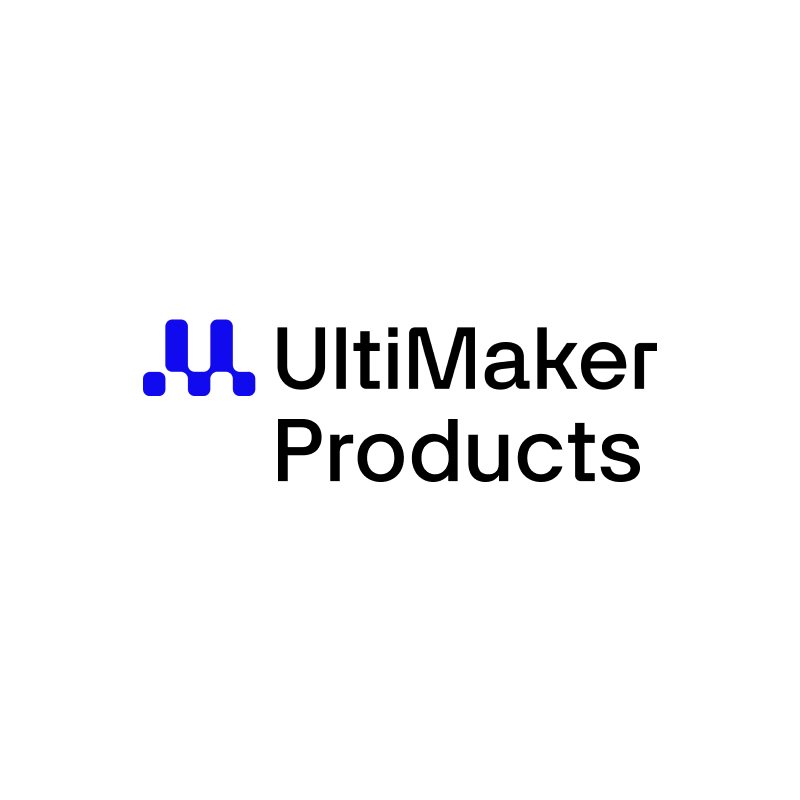
All businesses, no matter what they make or sell, should recognize the power and financial value of good design.
Obviously, there are many different types of design: graphic, brand,
packaging, product, process, interior, interaction/user experience, Web
and service design, to name but a few.
In this post, I am referring to design as a broad and deliberately
applied discipline, with the aim of creating simpler, more meaningful,
rewarding experiences for customers.
You see, expecting great design is no longer the preserve of a picky
design-obsessed urban elite—that aesthetically sensitive clique who‘d
never dare leave the house without their Philippe Starck eyewear and
turtleneck sweaters and buy only the
right kind of Scandinavian
furniture. Instead, there’s a new, mass expectation of good design:
that products and services will be better thought through, simplified,
made more intuitive, elegant and more enjoyable to use.
Design has finally become democratized, and we marketers find
ourselves with new standards to meet in this new “era of design.” To
illustrate, Apple, the epitome of a design-led organization, now has a
market capitalization of $570 billion, larger than the GDP of
Switzerland. Its revenue is
double Microsoft’s,
a similar type of technology organization but one not truly led by
design (just compare Microsoft Windows with Apple’s Lion operating
system).
Every day my Twitter feed populates with astounding growth facts
about the likes of Apple, Amazon, Facebook, Pinterest and the more
recent travel site, AirBnB. It is no coincidence that these successful
brands seem to really value design and utilize it to secure a
competitive advantage.
Even the UK government has issued its “design principles,” naturally on a clean, easy-to-navigate
website.
But why have people become so design sensitive? Why does that credit card mailer look
so
bad and dated now? Why can’t you access my account details? Why does
airport signage seem so unhelpful? Why doesn’t that technology plug and
play?
Perhaps Apple’s global dominance has elevated our design
expectations, or Ikea’s vision to bring great design at affordable
prices to everyone on the planet has finally taken effect, or perhaps
the Internet has taught us what well-designed user experiences and good
design really are. Likely, it is a combination of all.
What is certain is that the design bar has been raised and design-oriented businesses are winning.
Think how swiftly and strongly a design experience shapes our opinion
of that brand, company or store, for good or bad. For instance, we know
quickly when a website is
bad. And we associate that feeling of frustration, or worse, disappointment with that brand.
Design-oriented organizations invest in thinking this stuff through.
They put design at the heart of their company to guide innovation and to
continually improve products, service and marketing. They recognize
that a great design leads to differentiation, customer loyalty and
higher profits.
All businesses, no matter what they make or sell, should recognize the power and financial value of good design.














